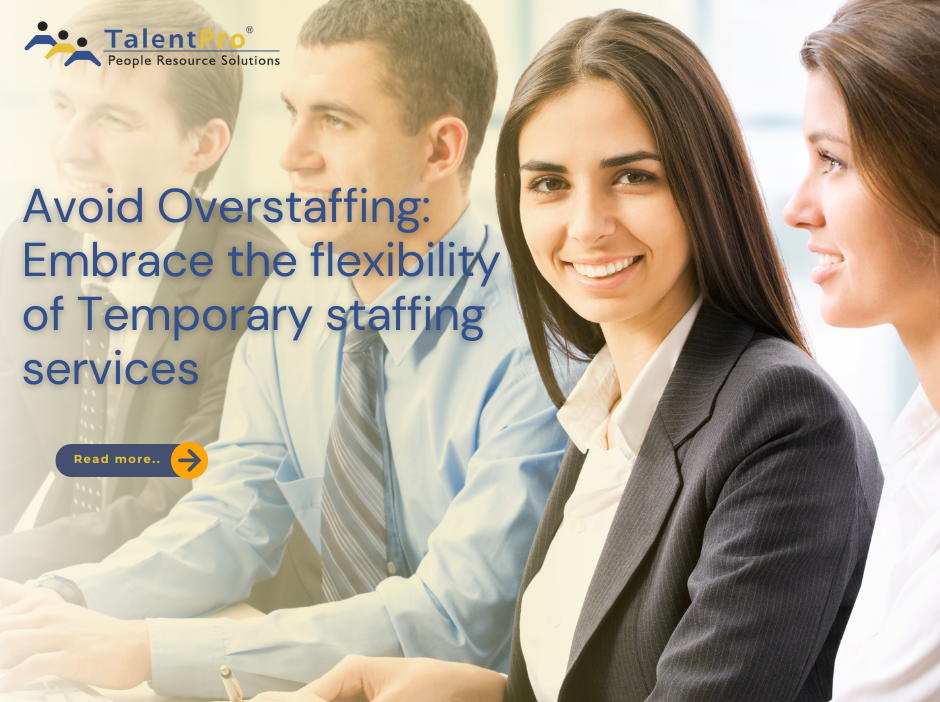Is it time to revive your HR efforts? Don’t start from scratch when you can follow proven HR best practices. Every organization’s HR department tailor’s programs best fit their own needs. Even with those adjustments, there remain certain core HR best practices to use as guideposts for effective policies and engaged employees.
Below, we have put together a guide to the best HR policies and practices to keep at the forefront while making the right decisions for your company.
What is HR best practice?
HR best practices are a comprehensive set of strategies and actions within Human Resource Management (HRM) that are universally applicable to help organizations thrive. These practices are meant to add value and support an organization’s success, with HR leaders customizing them to meet their specific goals. The implementation of HR best practices aims to ensure that people’s strategies align with business objectives, resulting in optimal organizational performance.
Read more:(What Makes TalentPro Your Best HR Business Partner?)
HR practices vs. HR activities: What is the difference?
While the terms ‘practice’ and ‘activity’ are often used interchangeably, there is an important technical difference between them. Some key aspects that distinguish HR practices from HR activities include:
| HR practices | HR activities |
| Broad in scope and focused on planning and implementing policies and strategies that fall in line with the business plan and corporate goals. | Focus on the details that help establish the best business practices in the workplace. They are the methods that help bring the best practices to life. |
7 HR best practices for the modern workplace
The COVID-19 pandemic significantly reshaped workplace expectations, prompting businesses to adapt to new norms. With increased flexibility, hybrid work models, and global expansion, HR strategies have become pivotal in fostering success in this modern work environment. Here are seven HR best practices to thrive in today’s workplace:
Focus on hiring the right talent
- Successful organizations put people at the center of their strategy.
- Investing in diversifying hiring practice and fantastic recruitment experiences is important to building any workplace culture.
- Provide a hassle-free interview and recruitment process.
- Continue to engage candidates from date of selection until date of entry, make them feel welcome and valued.
- Long-term engagement and retention are found in positive onboarding experiences.
Optimize onboarding for all work models
- Effective onboarding is essential for both in-office, remote, and hybrid employees. Thoughtful onboarding can help increase employee engagement and reduce turnover.
- Continue to provide onboarding support throughout the first year.
- Set regular check-in appointments to support new hires as they transition into their roles.
- Assign new employees to onboarding buddies to create early connections and improve productivity.
Establish hybrid work policies
- Hybrid work models need to be strategically designed in order to align with business values and employee preferences.
- Use pulse surveys to understand the expectations of employees.
- Hybrid work policies must be well-defined, specifying in-office and remote work arrangements.
- Empower employees with the right tools and infrastructure for smooth collaboration.
- Team connections can be encouraged through dedicated in-office team days and regular feedback sessions.
Improve remote onboarding
- As remote work is on the rise, innovative onboarding practices are a must for remote employees to feel connected.
- IT equipment should be set up before their first day.
- Virtual introductions to managers and teams should also be facilitated.
- Communication, regular feedback, and support foster easy integration of remote employees into an organization.
Facilitate a safe and healthy workplace
- The pandemic redefined workplace safety to include physical as well as mental well-being. Modern HR practices focus on creating a safe, supportive work environment.
- Safety measures, such as sanitization protocols and workplace safety programs, should be adopted.
- Mental health can be prioritized by offering wellness programs, counseling, and anti-burnout initiatives.
- A healthy workforce is highly engaged, retained, and productive.
Implement continuous performance management
- Continuous performance management drives motivation, satisfaction, and goal alignment.
- Encourage open communication between managers and team members through regular one-on-one meetings.
- Set flexible short- and medium-term goals and use measurable frameworks like OKRs (Objective key results).
Modern workplaces demand adaptable HR practices that prioritize employee well-being, flexibility, and engagement. By implementing these best practices, organizations can create a thriving culture that supports growth and success in a rapidly evolving world of work.
Impact of HR best practices
When HR best practices are implemented, they create a strong foundation for organizational growth. These practices can bring about the following advantages:
- Business performance: When employees’ goals are aligned with the organizational objectives, they work harder to deliver better results and performance for teams.
- Cost saving: Best practices enhance productivity, efficiency, and retention. Recruitment, training, and turnover costs are reduced to the bottom line.
- Sustainable competitive advantage: The ability to sustain the best possible HR practices will attract and retain talent, giving a sustainable advantage over other competitors, who might struggle with turnover, low morale, and productivity.
- More adaptability: A well-groomed and dynamic workforce can easily adapt to market shifts and external changes, keeping a business resilient and competitive.
- Scalability: A robust HR practice creates a strong foundation for expansion, as firms can expand efficiently while overcoming workforce-related problems.
Organizations can adopt these hr best practices for the groundwork of effective Human Resource Management that empowers employees and the organization to thrive.
However, while HR best practices may be universal, there is no one-size-fits-all approach to them. Each HR department must associate these practices with their company’s operations and goals. For instance, selective hiring must be based on profiles of the employee characteristics that fit the organization’s needs and training must be tailored to which capabilities are required to carry out the organizational goals.
Wrap-up:
At TalentPro, we understand that managing HR processes can be complex and time-consuming. That’s why we are committed to delivering seamless end-to-end HR solutions tailored to meet your unique business needs such as payroll service, staffing , compliance, training, and development programs, we handle it all—so you can focus on driving your business forward. With cutting-edge technology, expertise, and a client-centric approach, TalentPro ensures efficiency, accuracy, and compliance at every step.









